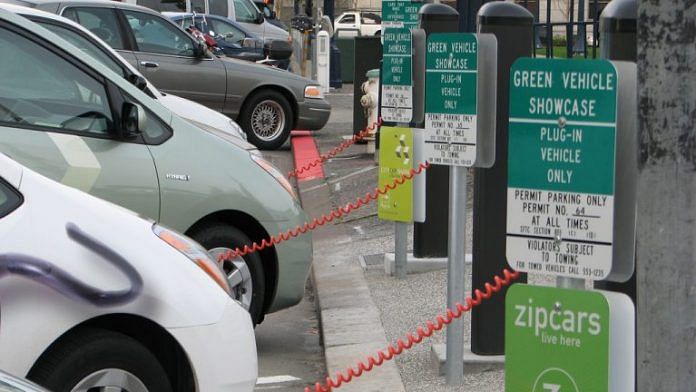In the face of a systemic crisis, countries, companies and individuals can’t stand alone. As the Covid-19 pandemic brings the importance of global collaboration into sharp relief, the same collective commitment should be shown to urgently address the climate change crisis.
The current climate situation cannot be about choosing between growth, development and progress on one hand, and the environment, health and sustainability on the other. This must be a consolidated effort, and we must not consider one without the other.
Research has found that China, for example, could cut costs by as much as 11% by committing to non-fossil electricity generation, proving that having a holistic view on sustainability is economically sensible in the long run.
In collaboration with the World Economic Forum’s Electricity Industry Action Group (EIAG), Envision has been working alongside other industry leaders and Accenture to develop a framework based on “System Value”. This framework holistically considers the effect of policies and investments into the economy, society and environment. As we work towards a sustainable recovery from the COVID-19 recession, the aim is to guide policy-makers, business leaders and the energy community’s stakeholders towards priority actions, and away from damaging energy production and usage.
Also read: How commercial vehicles are leading India’s electric vehicle revolution
Electric vehicles: a pillar of the clean energy revolution
One of the critical pillars of the clean energy revolution is the widespread adoption of Electric Vehicles (EVs). EVs emit less greenhouse gasses than the incumbent ICE (Internal Combustion Engine) vehicles and the rapidly increasing percentage of renewable energy available to users will continue to widen the carbon footprint difference between EVs and ICE vehicles.
The total cost of ownership of an electric vehicle is already lower than that of an ICE vehicle. During the first half of 2020, there was a sharp increase in EV adoption in most countries. Car manufacturers have no choice but to adapt because of consumer and corporate expectations, but also because of increasingly harsh carbon taxes.
Analysis by the Forum, supported by Accenture, indicates that the EU’s one-million charging point target would require a €6 billion investment, while meeting Europe’s expected EV uptake in 2030 would reduce road transport emissions by 10%, create 192,000 jobs and provide €12.6 billion in human health benefits from improved air quality.
The classic dealership and garage value chain of ICE cars will be challenged and structural adjustments will be needed. A reskilling of the current workforce, and the emergence of new players will serve as a shake-up to the industry, but the overall social “size of the price” is unquestionably positive.
Envision believes systemic solutions must be implemented to harmoniously support EV adoption. We recently launched “Charging by EnOS”, an end-to-end, affordable solution including green electricity and services which solve the private charging infrastructure gap.
Unlike ICE car drivers, EV drivers will not lose time en route to a gas station, they will not “park to charge” but conveniently charge while they’re parked, at home or at work.
This offering addresses electromobility transition in a systemic way, including supplying green electricity, easing grid stability challenges and integrating EV charging into the broader fabric of smart building and smart cities.
Tomorrow’s EV batteries can be used as power reserves thanks to vehicle to grid technologies and widely deployed photovoltaics. EV charging times can be smartly orchestrated both between EVs and with other loads to support grid balancing.
The whole is greater than the sum of all these parts. A systemic overhaul will enrich our society as we enter a new and exciting decade. Recognizing the value in a system, with all parts interlinked, connected and communicating, will help fulfil our vision for an era that is transformative, both economically and environmentally. This is about top-down, smartly set frameworks to incentivize and reward proper corporate and consumer behaviour toward a healthier lifestyle, and ensure a sustainable development model for the planet.
This article was first published at The World Economic Forum.
Also read: Battery fires put BMW and Ford on the back foot just as electric vehicles take off



